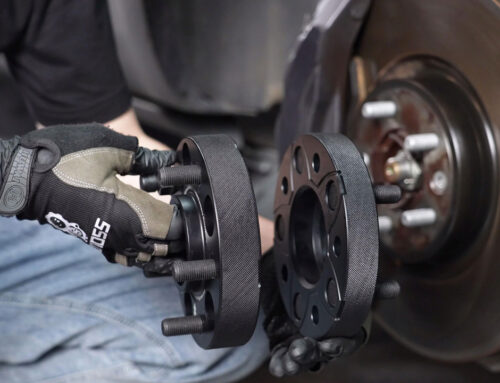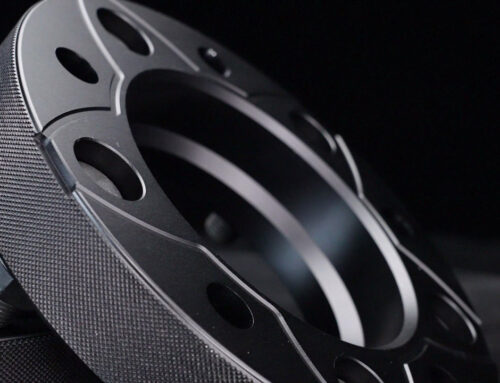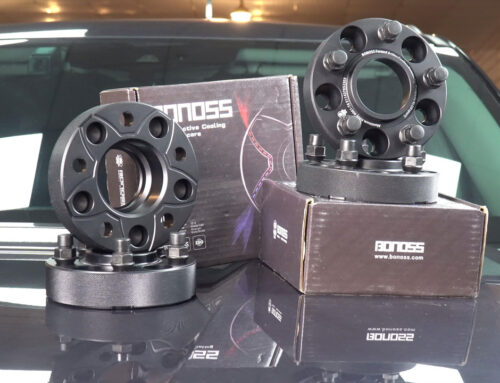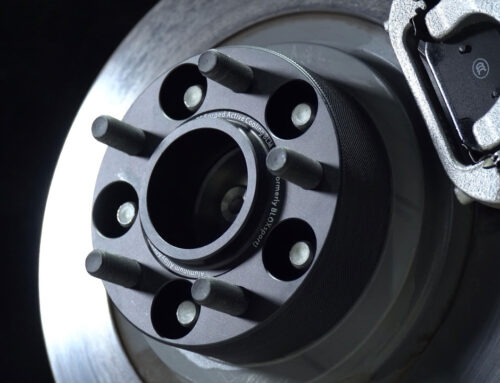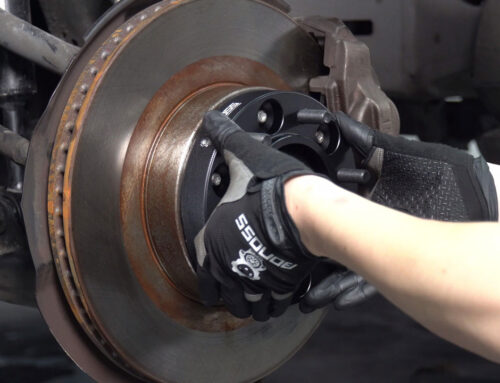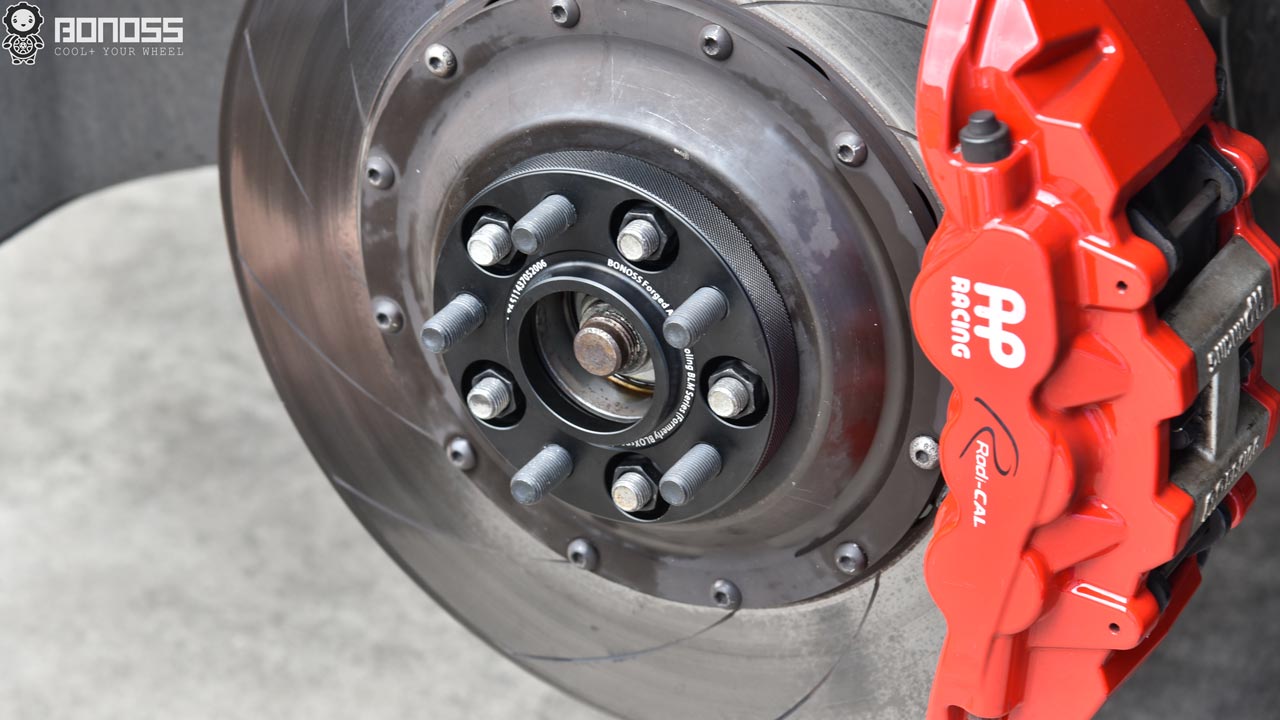
Nowadays, using wheel spacers to upgrade original equipped parts for better performance is increasingly popular. When it comes to big brake kits, wheel spacers are very useful. Larger calipers and rotors will offer greater stopping power and shorter stopping distances. But those aftermarket brakes are going to require more space between the wheels and the hub assembly. If new aftermarket wheels are not on the list, you must ensure the diameter of the brakes doesn’t exceed the inside wheel spokes. If there is interference, wheel spacers will be necessary. When choosing wheel spacers for brakes, there are some aspects you should take into consideration. They are fender clearance, proper wheel bolt or stud length, material, and others. So today, we’re going to give you some tips on how thick wheel spacers do you need for big brake calipers.
How Much Brake Clearance Do I Need?
Generally, wheel spacers are installed between the brake rotors and wheels. The wheels are pushing out according to the thickness of spacers. The thicker the wheel spacer is, the more the backspace of the wheel. This is effective to prevent the caliper from contacting the inner wheel spokes. You would need 3mm – 5mm in all directions from the wheel to the caliper. Use a straight edge to measure the increased height, if the value is 9mm, then you need 12mm wheel spacers.
If you get slip-on wheel spacers, it is a MUST option to use longer wheel studs. As a rule of thumb, the engagement must equal the thread diameter, for example, M12x1.5 needs 12mm of engagement, M14x1.25 needs 14mm of engagement… If 1 turn of the nut equals 1.5mm, then for the M14x1.5 studs, we need a minimum of 9.5 turns. For example, if the thread length of your OE wheel studs is 15mm and you get 12mm wheel spacers installed, then you would need longer wheel studs with 27mm thread length (stock stud length + spacer thickness = extended wheel stud length).
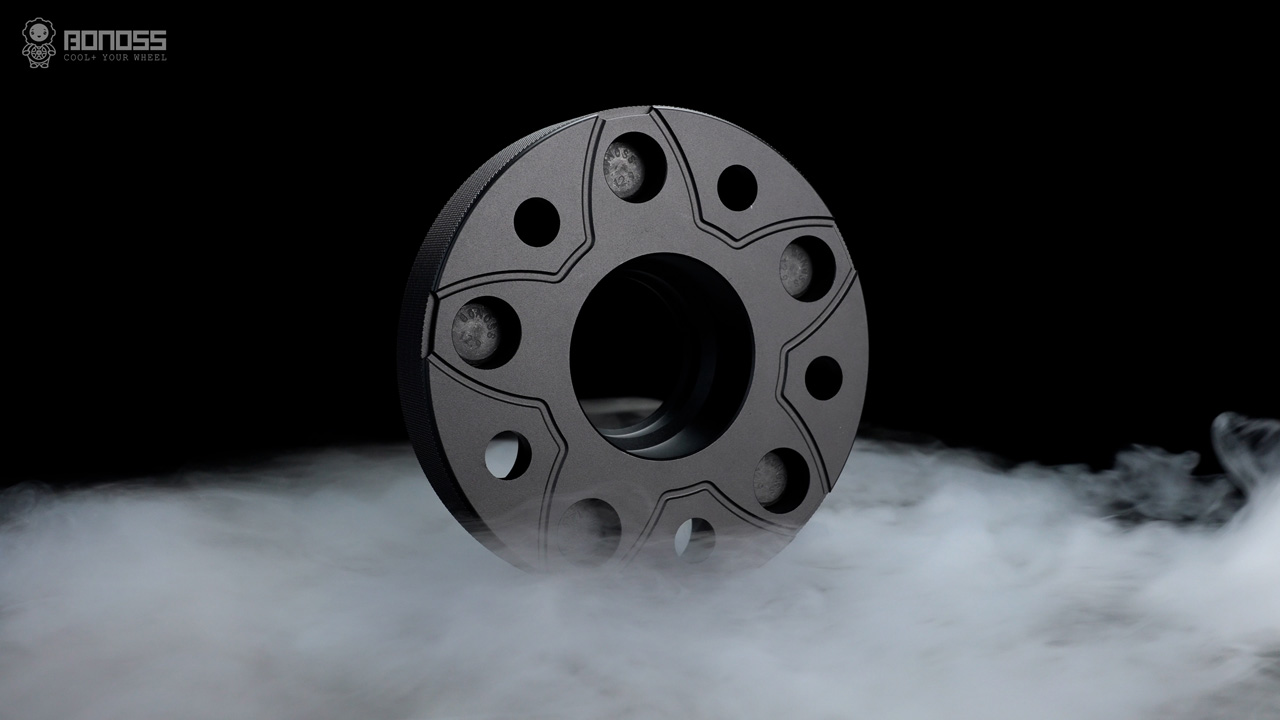
What Are the Best Wheel Spacers Made Of?
Most wheel spacers basically boil down into two categories: steel spacers and aluminum spacers. Both these two kinds of wheel spacers are strong and durable. But Aluminum wheel spacers are often several pounds lighter than steel ones. Reducing unsprung weight makes your car faster. As the weight savings, you will get a better driving experience. Furthermore, aluminum wheel spacers are protected by their own naturally occurring oxide film, which brings them incredibly resistant to corrosion. Particularly, forged aluminum conduct and dissipate heat better, which assists the cooling process greatly. BONOSS forged aluminum active cooling wheel spacers improve the heat dissipation of the brake system, reducing brake fade. If you would like to use wheel spacers for brake clearance problems, BONOSS aluminum wheel spacers will be the best option.

